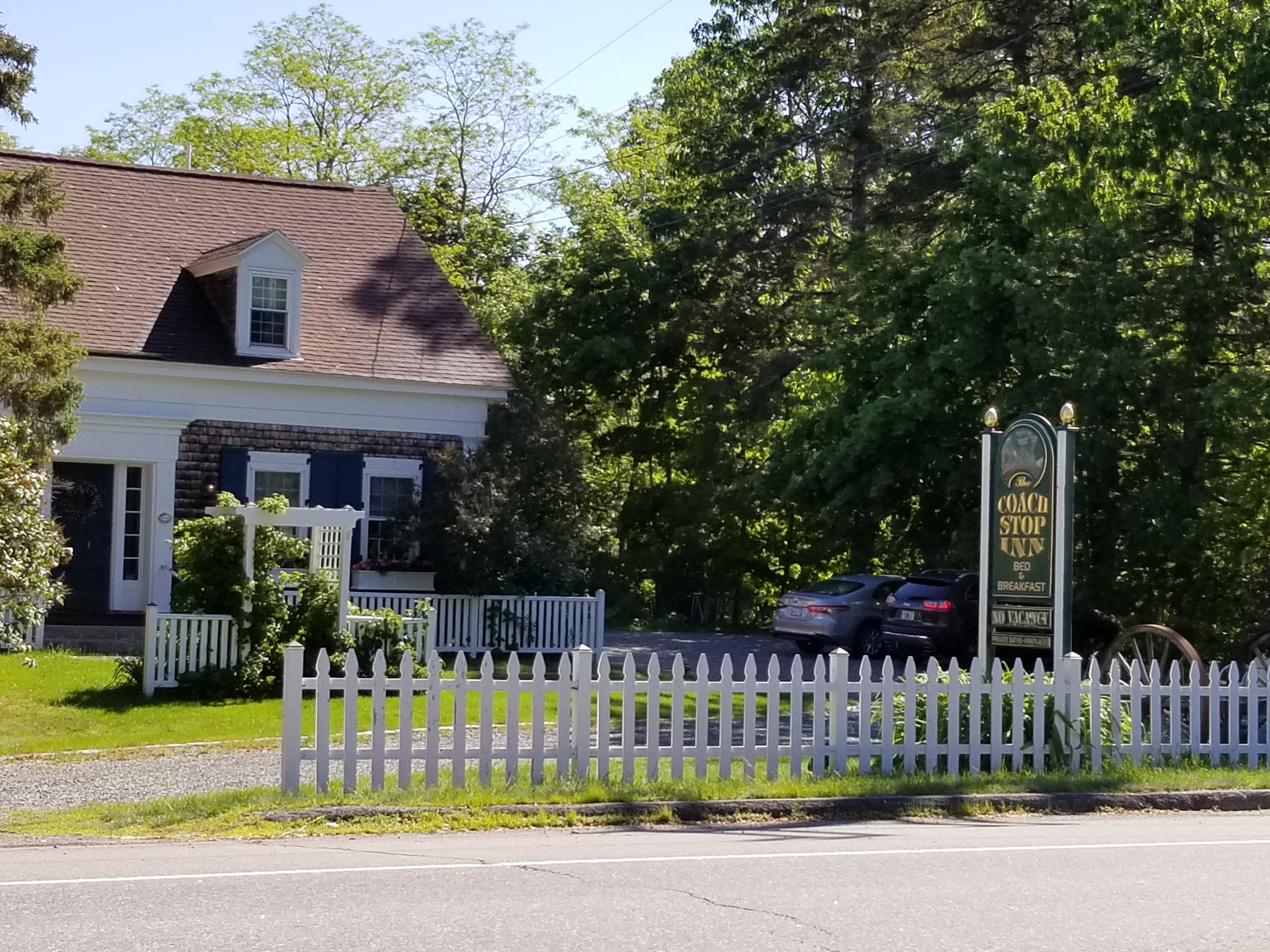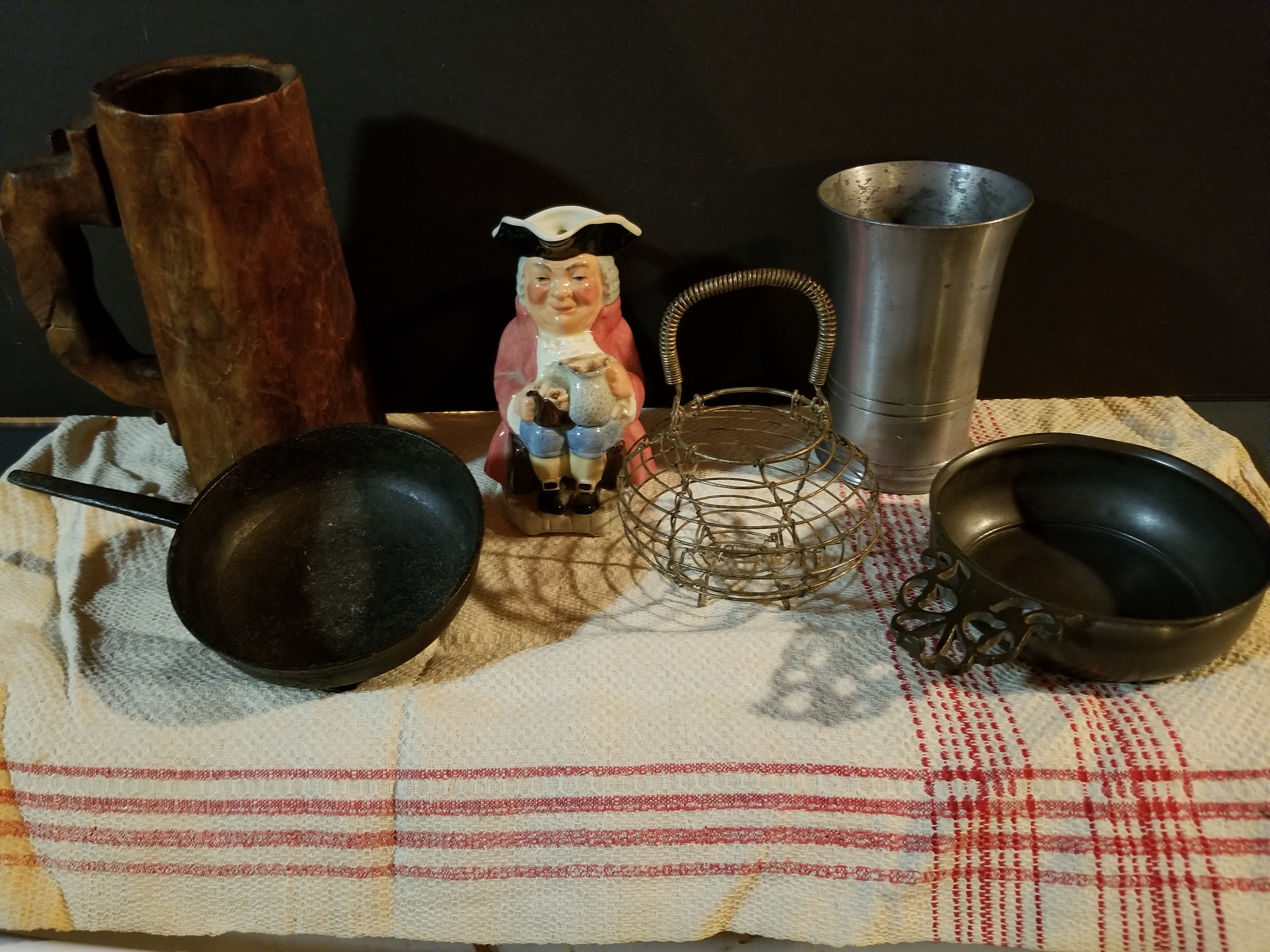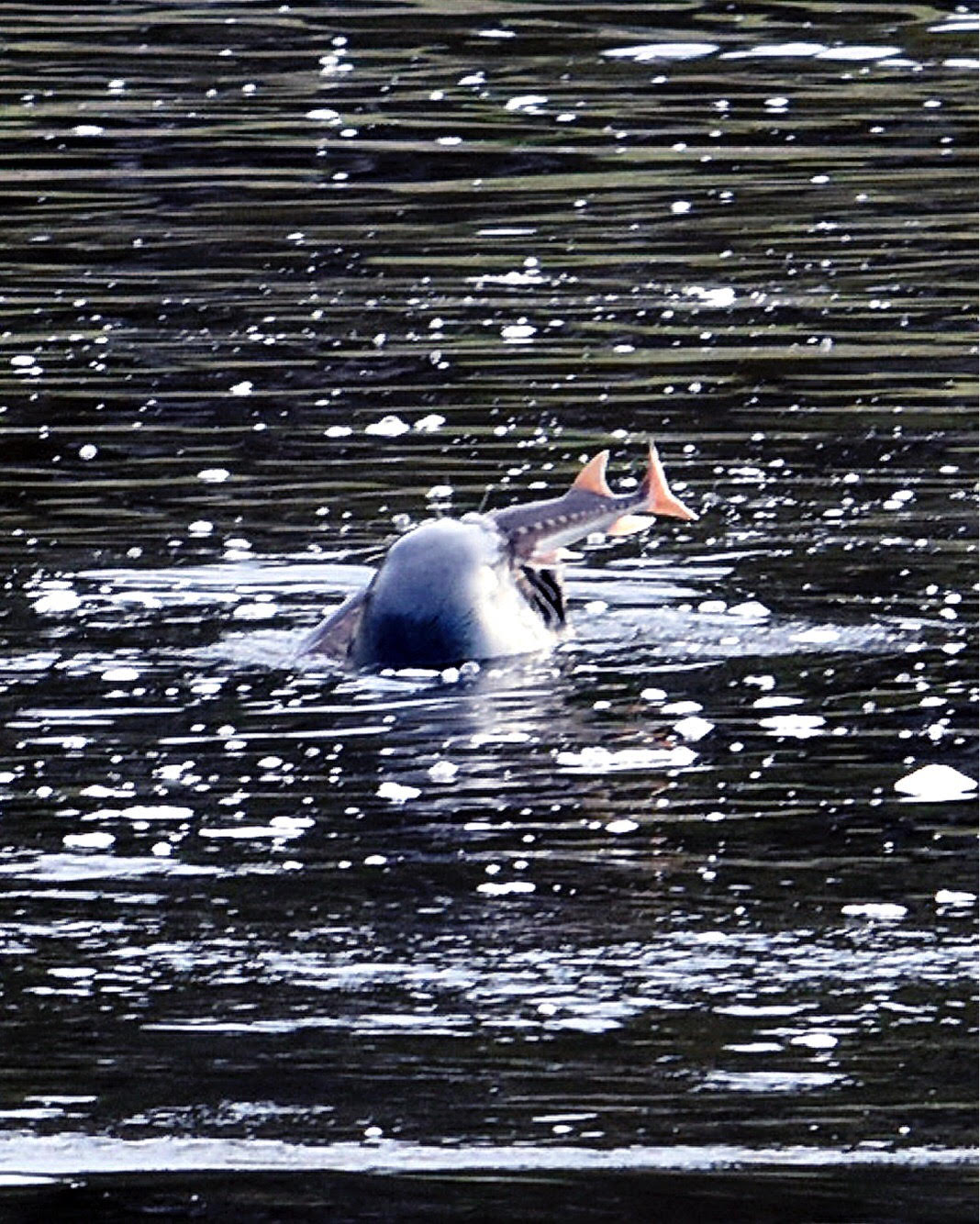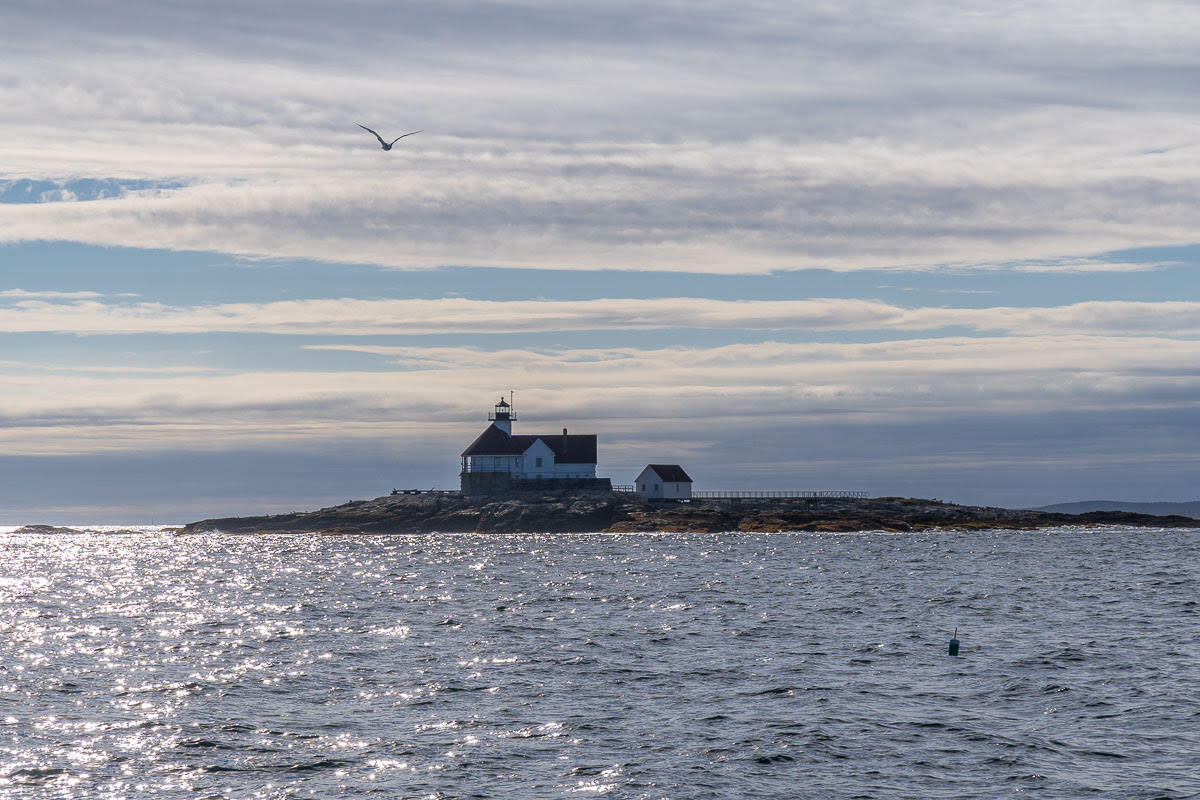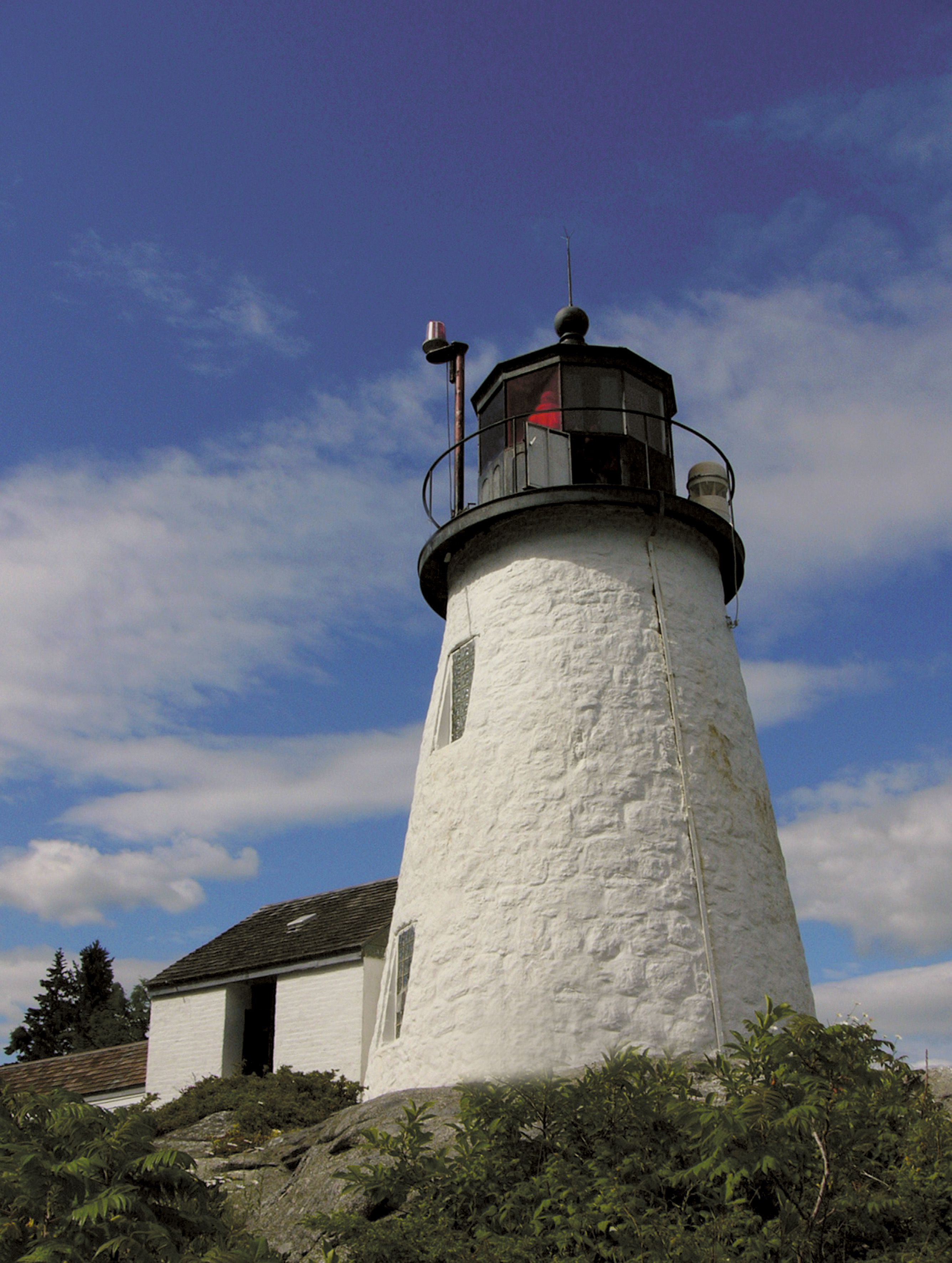It’s lovely October already! The leaves here in Maine are starting to turn and the weather is cooling. I have always loved October – my favorite month for so many reasons. It’s my birthday month, which often made Halloween a little extra exciting, I mean who doesn’t want candy and cake!?
I also love wind – not hurricane force of course, but a warm, brisk wind feels and sounds amazing to me. Raking leaves to jump in or to burn is also special – there is a certain smell as you’re raking that stirs up memories; and of course just crunching through them is fun, too.
Bonfires, carving pumpkins, smores, apple cider, hay rides and best of all, ghost stories, are certainly well known aspects of fall. Probably one of the reasons I’m in this business!
If you live or vacation in Maine, you haven’t seen any red cloaks again this year, but we are out there! Lots of things have been looking different since 2019, and Red Cloak Tours is no different. We still love entertaining folks, telling Maine’s history and sharing those tales of haunts and spirits!
So, even though we’re not visible, our tours are taking place and we’re making history fun for locals and visitors alike as we guide them through Maine’s villages and cemeteries via phone. There’s no video, zoom or Facetime, just a private family or group and myself chatting as I guide them from point to point and do the storytelling.
As much as I love telling the stories in person, this is very enjoyable for me because I can personalize the tours for each group and take them places or tell them things that I might not on a regular basis. It’s a very fulfilling experience.
If you’re interested in seeing more about the type of tours we offer, just check out “TeleTours” or “Seafood Discovery Tours” for more information. You can also always give me a call!



